
Although the founding of modern astronomy is often attributed to the great Greek scholars, Plato and Aristotle, European researchers now believe that humans that lived thousands of years earlier than they did already have a nuanced understanding of the stars.
The researchers studied cave drawings spanning Spain, France, Turkey, and Germany, and realized that what they were looking at was more than just mere depictions of nearby wildlife. It turns out that the bulls, rams, leopards, scorpions, and fish that they saw in the drawings are actually representations of constellations in the night sky.
Martin Sweatman and Alistair Coombs, from the Universities of Edinburgh and Kent respectively, published their findings in the Athens Journal of History last month. They undertook a chemical analysis of the paint used in the cave drawings and managed to date all of them back to between 12,000 and 40,000 years ago.
Furthermore, the researchers also used advanced software to calculate where the stars were positioned during the time that the cave drawings were drawn. To their astonishment, the researchers found that the cave drawings actually marked the dates of significant comet sightings, and were also correlated with star constellations visible at the time they were painted.

The world-famous Lascaux Shaft Scene, which was studied by the researchers, was found to depict a comet strike that occurred circa 15,200 BC. It’s hypothesized that the rhinoceros imagery contained in the painting signifies the constellation of Taurus, whereas the horse symbolizes the stars in the constellation of Leo.
Another finding that the researchers made was that a pillar in Gobeki Tepe, Turkey’s ancient archeological site, depicts a catastrophic comet strike that took place circa 11,000 BC. It features etched designs of a scorpion, bear, and bird, and the researchers were able to determine that the carvings represented the constellations that were in view at the time they were carved. More specifically, the carvings represented the Scorpius, Virgo and Pisces constellations.
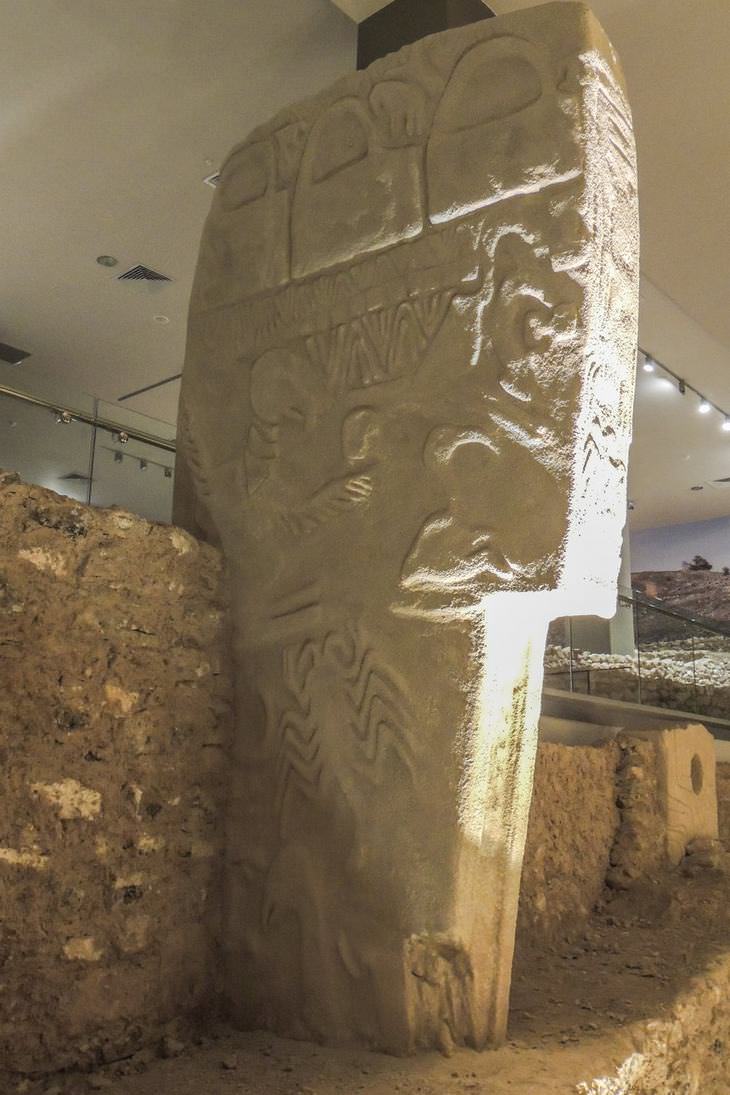
As a result of all of the above, archeologists now believe that humans were keeping track of time via the stars up to 40,000 years ago. It’s also evident that ancient peoples had an understanding of the equinoxes, which occur due to the gradual shift of Earth’s rotational axis as it orbits the sun.
This notion disputes the fact that astronomer Hipparchus discovered equinoxes in 129 BC. "Early cave art shows that people had advanced knowledge of the night sky within the last ice age. Intellectually, they were hardly any different to us today," Sweatman said in a press release.
Many pieces of prehistoric art were cited in the study, not least the painting in Lascaux, France, but it also suggested that certain ancient relics were also used for recording time. For instance, The Lion-Man of Hohlenstein-Stadel Cave, the oldest known sculpture, dates back to 38,000 BCE. It is now believed to symbolize the star constellation Leo.
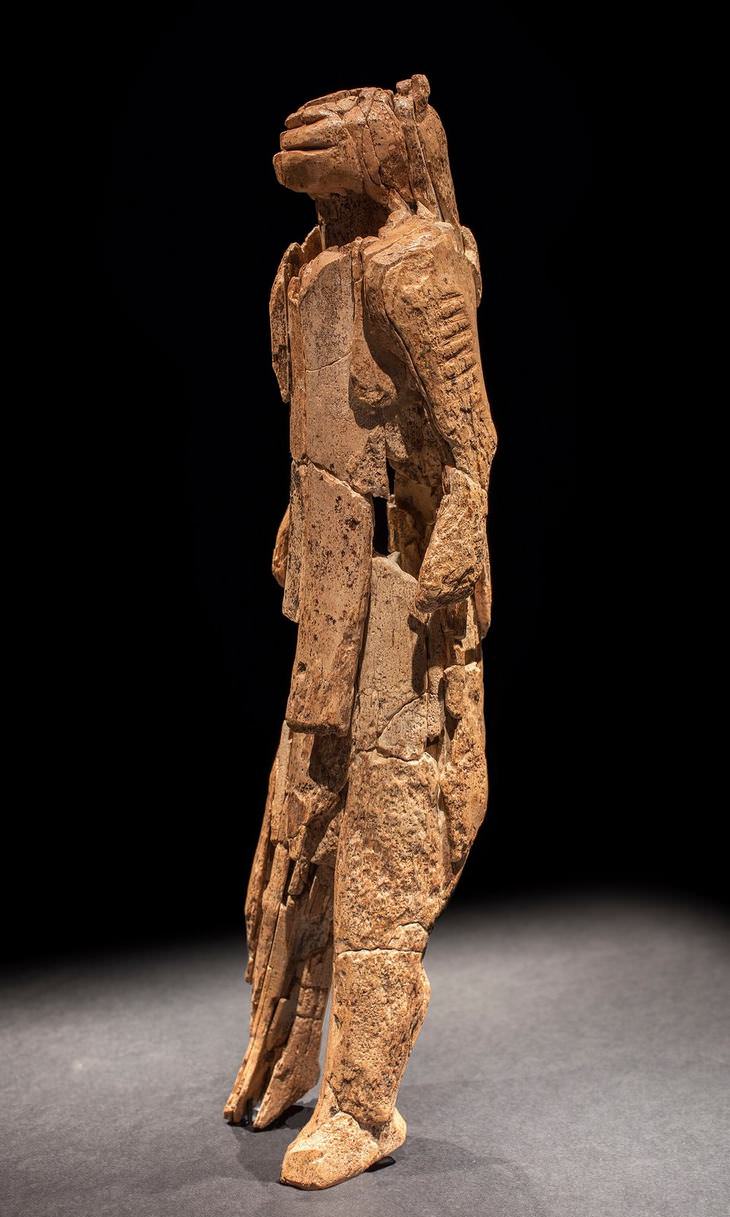

When You Look to the Sky at Night, Look For These Figures
Get ready to become an astronomical expert with these depictions of the stories behind the most famous constellations in the world.

Alcohol Linked To More Cancer Types Than Previously Known
A new study found a clear correlation between alcohol consumption and more types of cancer than previously known.

Study Reveals: Some Fireworks Release Dangerous Toxins
New study reveals that not all fireworks are properly tested for toxins. It doesn't mean you can't enjoy them, but be more cautious this 4th of July.

This Comet Will Not Return for Another Million Years
For the amateur photographer, the hard-core space fans, and everyone else, here are the night sky events you can't miss this august!
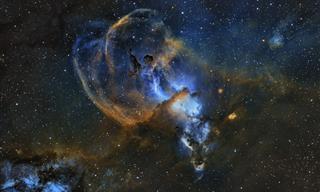
Astrophotography: The Perfect Blend of Art and Science
From vibrant photos of the Northern lights to incredible snaps of the sun - these photos all have the chance to win Astononmy Photo of the Year and rightfully so!

I Never Knew These Stunning Facts About Our Universe
If you thought you understood the universe, you'll be completely floored by this insane facts.
 8:14
8:14
What Would You Do if You Had an Extra Thumb?
This revolutionary invention has the potential to revolutionize the field of prosthetics.

These Ancient Inventions Have Got Scientists Stumped!
Here are 12 items from long ago which prove that our ancestors possessed knowledge and skills far more advanced than we once believed them to be.
 13:55
13:55
The Disappearing Computer: Revolution on a Personal Scale
What happens when we lose the physical large computer all together? This lecture explains what ahead for computers.
 30:04
30:04
50 Crazy But True Facts About Dreams You Need to Know
Here are some strange and unusual facts about dreams that will surprise you.
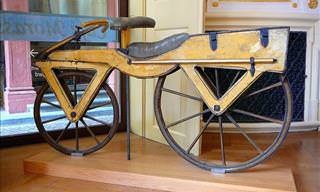
12 Earliest Versions of Tech Inventions We Use Every Day
Witness the evolution of 11 popular devices we use all the time by looking at how they all started...
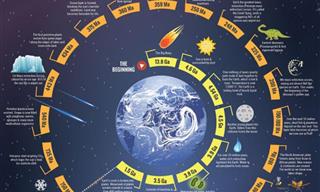
The History of Our Planet in One Beautiful Spiral...
This beautiful infographic offers us a remarkable story – the history of Planet Earth.
 2:34
2:34
Let's Talk About Size, From Big to Huge.
an incredible discovery that leads us to a better and better understanding of these objects' true size.
 9:05
9:05
A Tunnel Built by a Swarm of Robots - Jaw-Dropping!
Imagine a swarm of robots attacking a mountain and smashing it to pieces...

5 Puzzling Mysteries That Science Finally Managed to Solve
These weird occurrences have puzzled humanity for decades, if not centuries. Finally, scientists solved them & the solutions are exciting...

Can One Photo Really Tell How Good Your Eyesight Is?
Scientists say that this single photograph can tell you whether you have good vision or not. Who can you see in the image?

These Inventions Prove the Middle Ages Were Not So “Dark”
These groundbreaking inventions prove the Middle Ages were not so “dark,” after all!
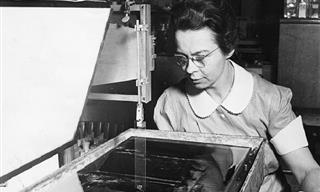
9 Women Inventors Who Have Been Overlooked by History
History has overlooked many great women inventors. Here’s your chance to get to know a few of them.
 14:24
14:24
Are Underwater Turbines the Answer to Our Energy Question?
One of the most promising technologies in the renewable energy market is the ocean. Learn all about it.
 14:49
14:49
This Man Built an Automatic Train System for Trash Cans!
Wouldn’t it be cool if a robot picked up and moved our garbage out for pickup with the push of a button?

10 Real-Life Technologies That Science Fiction Foretold
Sometimes even the wildest science-fiction predictions about the future come true.

26 Incredible Facts About the Human Mind
The human brain is an interesting and powerful organ, which is why we've gathered 26 interesting facts about exactly how human psychology works.

When Under a Microscope, Even Ordinary Things Seem Alien
Have you ever given any thought to what every day things look like under a microscope? Some of these images are truly beautiful - see for yourself in the images below.
 17:48
17:48
This Visual Shows the Science Behind the Shape of Rivers
A fascinating visual model that explains why and how rivers change their course.

Incredible New Bionic Arm Fuses With Woman's Nerves
Karin's bionic hand is real sci fi, making her one of the first true cyborgs.

17 Incredible Eye Facts You Have To See To Believe
They say the eyes are the window to the soul, and they also happen to be our windows to the world. Here are 17 insanely fascinating facts about eyes.
 21:07
21:07
15 Frightening Animals Early Humans Had to Live With
10 scary animals early cavemen in Africa had to deal with 200,000 years ago.

6 Signs That Someone is Listening on Your Cellphone Calls!
With technology advancing all the time, there is the ever-increasing chance of our phones being tapped. Here are 6 signs that your phone could be tapped.
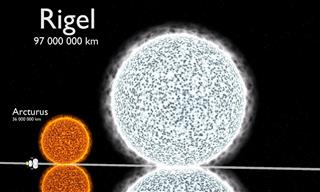 5:08
5:08
Experience the True Scale of Heavenly Bodies
Witness the true scale of planets, stars and galaxies in this incredible video that sheds light on size in our universe.

Guide: All About the Gut-Brain Connection in Your Body
it's becoming increasingly clear just how influential our tiny gut microbes are in shaping our mood and even our overall health.
 5:39
5:39
Why Are Your Ears Ringing? The Causes Explained
Nearly 15% of the human population worldwide are plagued by this strange sensation, but most people don't know the causes behind ringing in the ears...

GUIDE: How Alcohol Affects Us, Drink by Drink...
In this article, we're going to discuss the exact amounts of alcohol in our blood and what they look like, including how each level affects us and our ability to function.
 4:52
4:52
Are There Universal Expressions of Emotion? Find Out Here!
Do facial expressions look the same and communicate the same meaning wherever you are in the world? Find out here!
 11:39
11:39
Is There Any Way To Destroy or Deflect Asteroids?
Watch an interview with Cathy Plesko, a leading scientist working on preparing for the dangers of an asteroid attack

First US Embryo to be 'Edited'; Rise of Genetic Changes!
Could the first human embryos be genetically modified?

I Never Knew These Stunning Facts About Our Universe
If you thought you understood the universe, you'll be completely floored by this insane facts.
 12:55
12:55
Watch This Man Build a Future Using Trash from the Past
In this video, you will see what this incredible community has been able to accomplish by building homes from recycled materials.

Researchers Claim This Ingredient Can Cure Depression!
A preliminary study has suggested that magic mushrooms may be able to soothe the symptoms of depression. Read here to find out more.
 6:11
6:11
Your Voice is as Unique As Your Fingerprints
This fascinating video explains how this unique characteristic of humans works, and what makes our voices unique.

These Photos Show How Dependent We are On Smartphones
Technology has taken over and these funny (but true) photos help to drive this fact home.
 1:44
1:44
The Accidental Discovery of the World’s First Antibiotic
Not too long ago, it was fairly common to die of the simplest of wounds due to bacterial infection. Penicillin changed everything.

2023 in Science: Biggest Discoveries You Missed!
Let’s take a look at the most amazing scientific discoveries that made news this year.

Take an Incredible Tour of Our Colossal Milky Way Galaxy
Fly Through the Milky Way Galaxy!
 11:13
11:13
NASA's Plan to Colonize the Moon by 2026
NASA has a Moon colonization plan that involves utilizing 3D printers to construct an entire space station by 2026. Here's what it will look like.

Wow! Who Knew That Jupiter Was So Mesmerizing?
Take a look at Jupiter like you've never seen it before!

8 Biggest Mysteries Still Surrounding the Human Body
Although modern science has revealed much about the human body, there are some things that still remain unknown. Here are the 8 biggest mysteries about it.
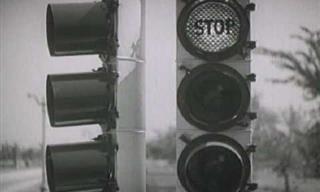
The Surprisingly Convoluted History of Traffic Lights
What did the first-ever traffic light look like? Probably stranger than you imagine...


